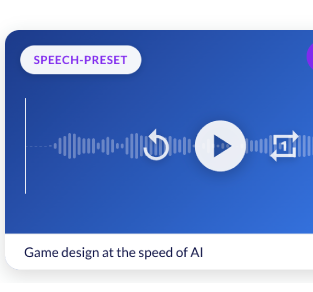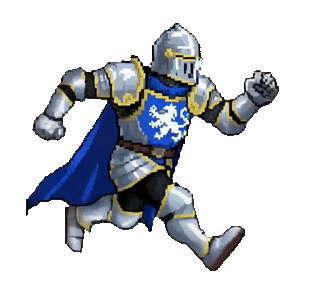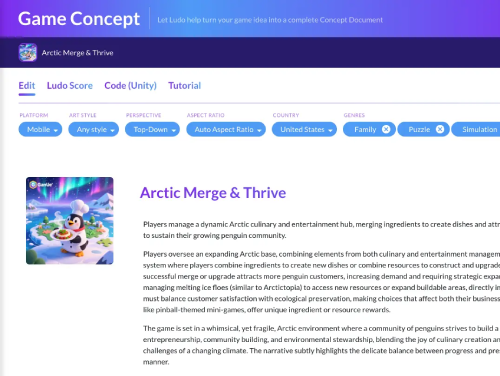
“Astronaut in Outer Space” AI art image generated by Ludo.ai
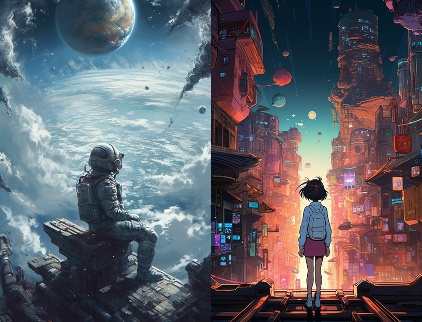
Images generated by Midjourney
Artificial Intelligence (AI) continues to revolutionize many industries, and in the creative world of developing video games and game design, it is no different.
AI-generated art offers video game developers an exciting way to conceptualize art and test concepts, enhance existing visual elements, create unique video game assets, and speed up the video game development process.
In this blog post, we will explore how you can effectively use AI-generated art for your video games.
Understanding AI-Generated Art in Video Games

AI-generated art refers to the use of machine learning algorithms to create visuals, textures, characters, and environments. These assets can then be used within video games, creating all sorts of worlds and environments for players to enjoy.
As AI technology becomes more powerful and accurate, it can offer game developers a cost-effective and efficient way to produce high-quality assets with less manual labor required, saving both time and resources.
Utilizing AI Art Generators
Here are a few leading AI art generators or apps we’ve found to be suitable for the video game development process:
1- Midjourney: Midjourney is a generative artificial intelligence program and service. It is currently one of the more powerful AI art / image generation tools on the internet.
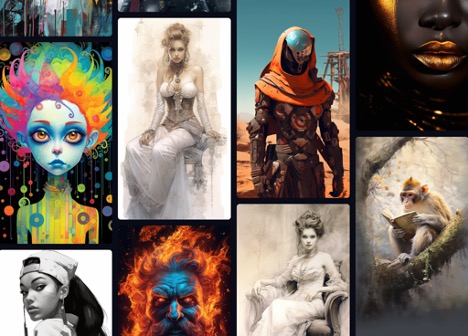
Users can create artwork and art concepts with Midjourney using image generation commands or “prompts” by interacting with a bot on Discord chat. Results can be astoundingly detailed, depending on how you interact with the AI, and how detailed your prompt descriptions are. A lot of experimentation is required to prompt the AI to come up with the exact output you are looking for.
While not directly geared towards the game industry or video game creation, artists and game developers alike can surely take advantage of Midjourney to rapidly prototype art concepts to be used in game development, advertising, and more.
2 - DALL-E by Open AI: DALL-E / DALL-E 2 is an AI system that can create realistic images and art from a description in a natural language, otherwise called “prompts”.
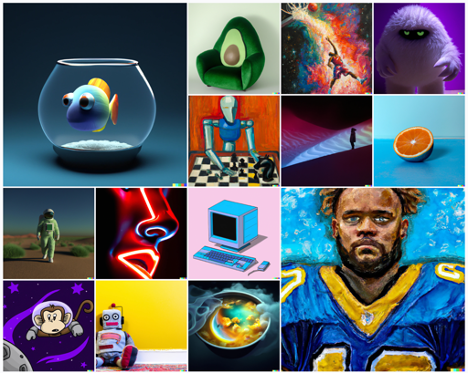
The application can create original, realistic images, 3D art, and other art styles from a text description. It can combine concepts, attributes, and styles from famous artists. The software's name is a portmanteau of the names of the animated robot Pixar character WALL-E and the Spanish surrealist artist Salvador Dalí.
3 - DreamStudio by Stability.ai is another text-to-image AI art generation platform based on the Stable Diffusion model, which aims of generating photo-realistic images given any text input. Its mission is to “cultivate autonomous freedom to produce incredible imagery, and empower billions of people to create stunning art within seconds”.

What Stability.ai has going for them is that the platform is available for free for you to test and try.
4 - Scenario: Scenario is an AI art, image generation, and asset creation platform that caters to the world of artists and game designers. Scenario’s focus is allowing users to create AI-generated game assets that are able to match a consistent look.
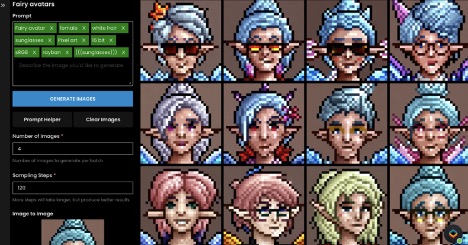
By uploading a collection of your own artworks, you can build and train your own AI engine in order to produce a style-consistent asset for your games. You can test out new artwork concepts and ideas with prompts and speed up your production of content that matches your art direction.
5 - Layer.ai: Layer.ai is another tool in the AI and video game development space that allows users to create art and video game assets, especially when you want variations of an asset that matches a particular style. It also doubles as a clever way to create variations of ads or ad creatives used for marketing purposes.
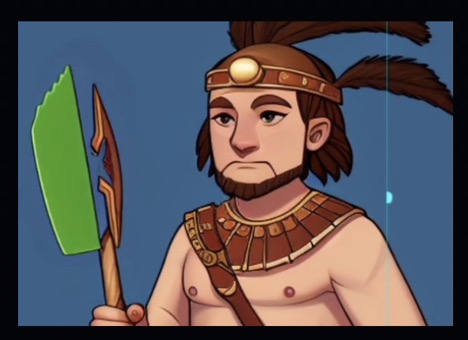
The platform enables users to generate “an infinite” amount of art variations to help with art and marketing. You can upload a few reference images and hit run and the AI will generate variations for you. Then you can use the platform’s built-in tools to specify your edits and expand and revise the results again until you get it exactly right.

Game Concept generated by Ludo.ai
6 - Ludo.ai: A specialized AI platform for game developers, Ludo.ai offers a wide range of features tailored specifically to the gaming industry and game developers. It includes a full suite of tools to generate game ideas, game concepts, and video game-related visual content such as game concept art, image generation, gameplay art, and gameplay video.
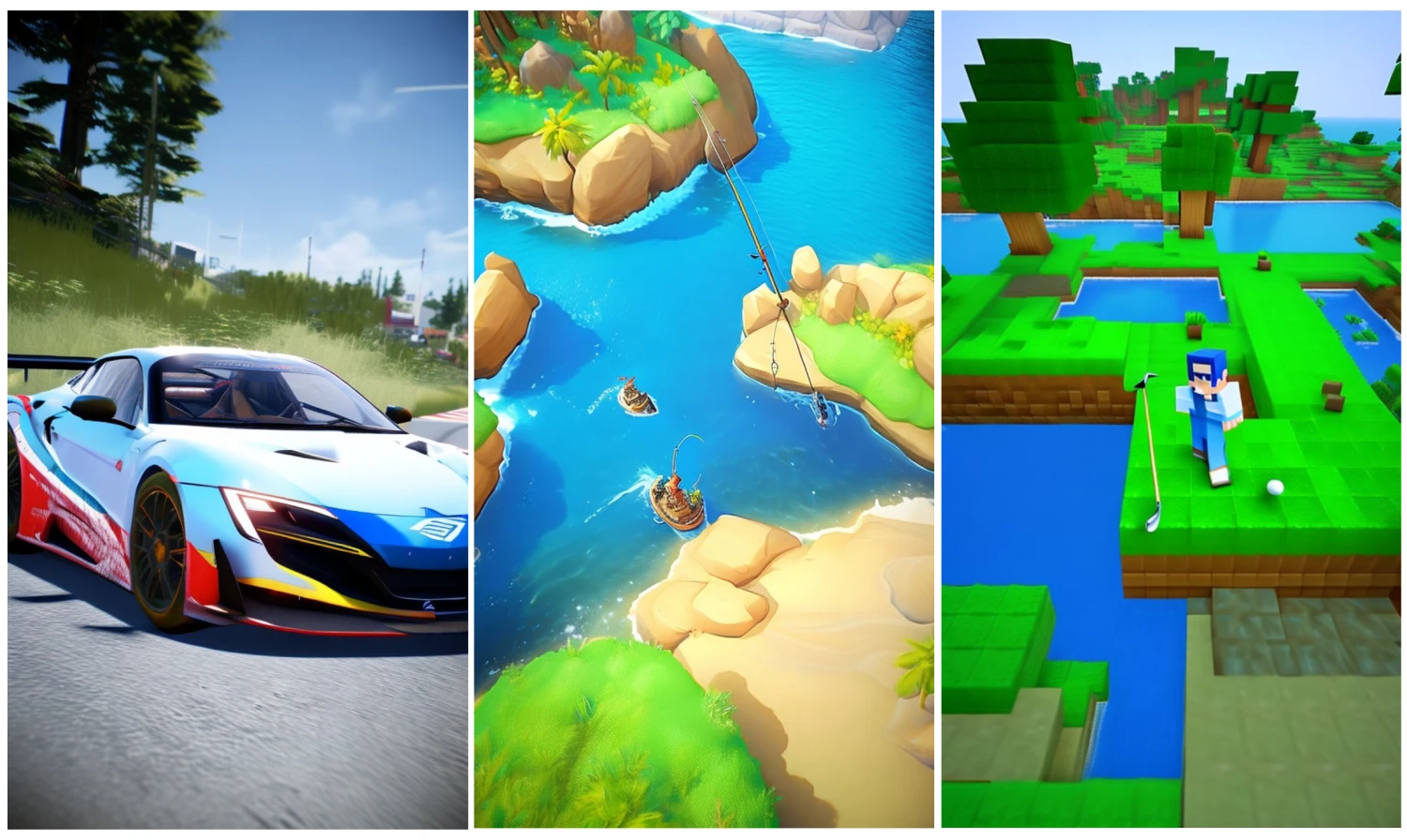
Game concepts and gameplay imagery generated by Ludo.ai
Ludo.ai’s image generation capabilities allow a user to generate from many different artistic presets, including but not limited to cartoon, anime, 2D, 3D, and pixelated styles. Ludo.ai’s specialty in image generation is that it can generate gameplay-style images, whereas most other image generators generally cannot achieve the same thing.
In an industry first, Ludo.ai can also generate gameplay videos using AI. This type of rapid game prototyping in video format is a Ludo.ai exclusive.
Ludo.ai has a free trial credits plan where users can try out all the platform’s features before deciding if they want to upgrade to a paid membership tier.

Level Concept generated by Ludo.ai
While not directly geared towards the game industry or video game creation, artists and game developers alike can surely take advantage of Midjourney to rapidly prototype art concepts to be used in game development, advertising, and more.
How To Enhance Your Video Games With AI Art Design Tools
Now that we know how to utilize these tools and generate art at a much faster rate than before, how can we best leverage AI-generated art into the video game process? Here are some examples of how we can enhance the process of various aspects of video game design:
1 - Environment Design: Quickly conceptualize stunning and immersive game environments with the help of AI. By utilizing AI-generated landscapes or textures, developers can generate vast and detailed worlds for players to explore.
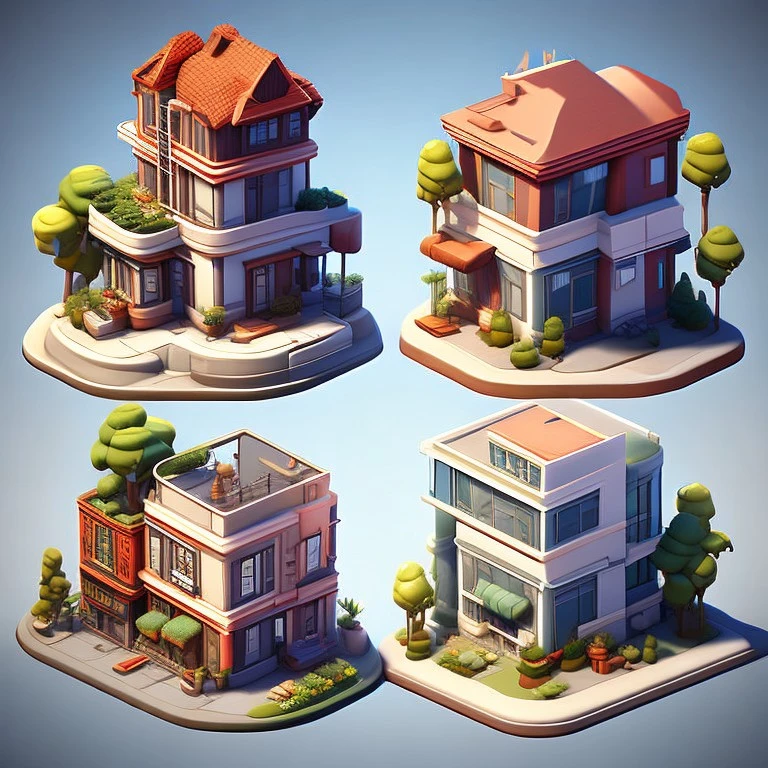

Level Concepts, apartment buildings, and farming sim generated by Ludo.ai
2 - Character Design: Thinking of creating avatar art or designing new characters but want to avoid the monotony of repeating the same faces or art styles over and over again?
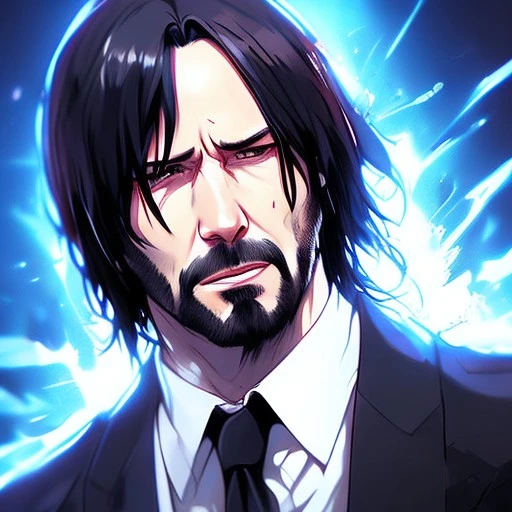
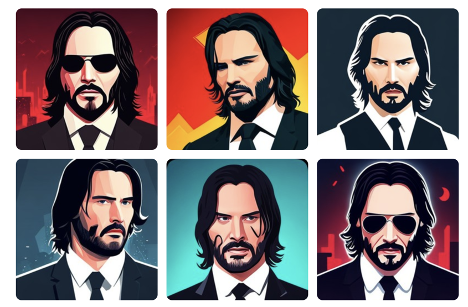
John Wick style character art / icons generated by Ludo.ai
AI-generated art can assist in creating unique characters or can be trained to reproduce art in a certain “look” or “style”, such as a paint style or pixel art style. Developers can input text prompts describing character attributes, and the AI algorithms can generate diverse and imaginative designs, reducing the need for manual artwork creation.
3 - Texture Generation: AI can automate the process of creating intricate textures for in-game objects and surfaces. By using AI art generators, developers can produce realistic and detailed textures that enhance the visual quality of their games.
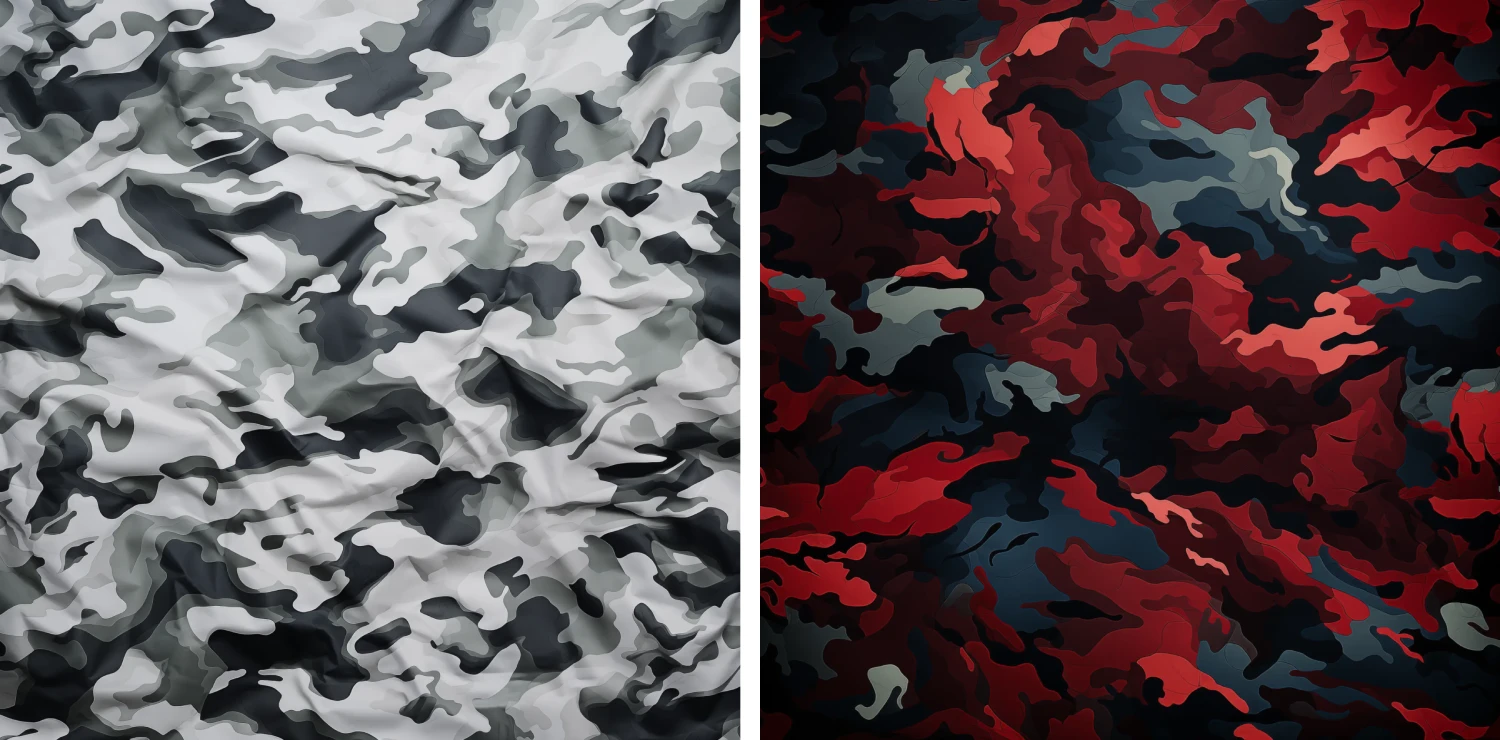
Texture images generated by Midjourney
4 - Rapid Prototyping: AI art generators enable developers to quickly generate placeholder assets for prototyping, allowing for faster iteration and testing of game mechanics and other concepts.

Game Plot / Story generated by Ludo.ai
5 - Asset Variation: AI-generated art can generate a wide variety of assets with slight variations. This capability is especially useful for populating game worlds with unique props, items, or enemies, creating a more dynamic and engaging player experience.
Weighing The Pros and Cons of AI-Generated Art

“The Uncanny Valley Effect”. Image generated by Midjourney
In summary, AI is opening a new pathway into art, creative, and video game development. By utilizing AI art generators and incorporating AI-generated assets into game development, developers can create visually stunning and immersive experiences for players and boost creativity with rapid prototyping, enabling flexibility to make changes. With the rapid advancements in AI technology, the potential for leveraging AI-generated art in video games is limitless.
The positive benefits are obvious and can be felt immediately. Whereas in the past it would’ve taken days, weeks, or even months to create a piece of art, developers can easily and quickly generate a wide range of visual assets, including characters, landscapes, props, images, icons, textures, 3D objects, and more in a matter of minutes.

Robots controlled by AI can seem creepy to humans because they mimic lifelike behaviors while appearing close to, yet not quite, like humans.
However, on the flip side, most AI tech and AI models still have a bit of catching up to do when it comes to producing accurate, photorealistic faces and facial features (which sometimes create the uncanny valley effect - the area of negative emotional response towards robots or AI-generated effects that seem "almost" human, but not quite).
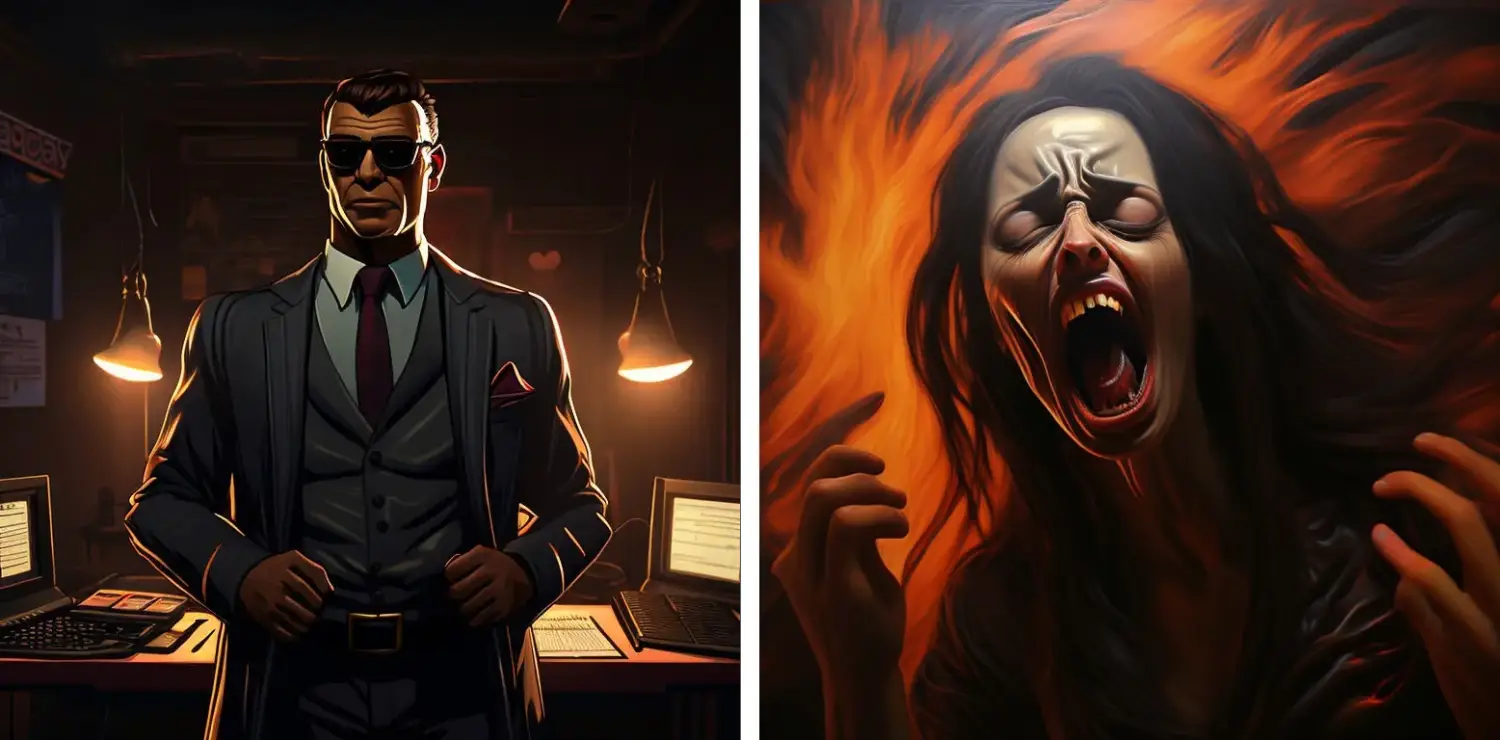
Character Concepts generated by Ludo.ai
While AI art opens up a whole new world of creative possibilities, the industry is also developing at such a rapid rate that the ethics of AI and how it impacts copyright laws and human artwork are creating controversy, backlash, and negative sentiment in the art world.
Overall, it is important to note that AI-generated art is a tool, and when used properly, can be immensely helpful in the art and game creation process. One should not assume, however, that AI-generated art or “AI-anything” is better, or that AI should completely replace human creativity, thought, and emotions.
After all, without human direction and critical thinking, AI tools themselves are ultimately meaningless, and would not be able to create anything without the actual artists and game designers using them.

